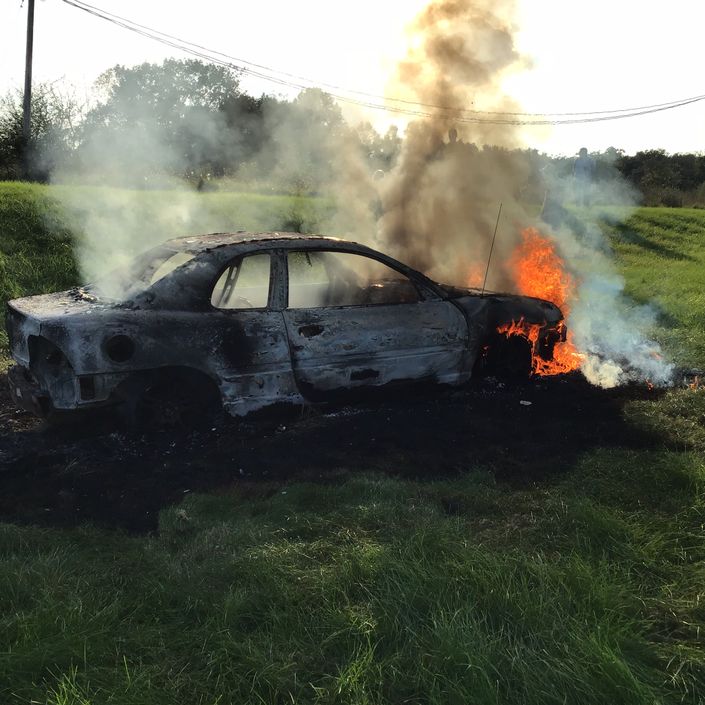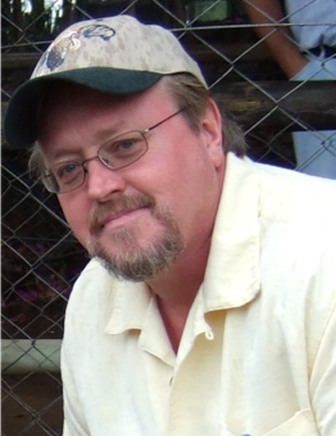
Outdoor Crime Scene Reconstruction and the Fatal Fire Victim
This university-level online short course will focus on the processing and interpretation of the fire scene involving a human victim, one of the most difficult forensic scenes encountered by the medicolegal death investigator. Major topics to be covered in the course include: 1) how to properly locate, document and recover fatal fire victims from house structures, car fires, and outdoor fire pits through forensic archaeological practices and protocols; 2) details of how human bodies (soft and hard tissues) burn; and 3) approaches to skeletal trauma analyses of the fire-altered human remains. This is a proceed-at-your-own-pace course containing 20 hours of content, specifically, well-illustrated PowerPoint lectures presented by renowned experts in the field of forensic anthropology and forensic archaeology. Periodically, Q and A sessions with the instructors can be constructed to address questions and additional topics that arise during the completion of the course.
Module 1. Dirkmaat describes his early experiences and two early cases dealing with fatal fire victims (one burned and buried 20 years earlier), and explains how forensic anthropological skills and perspectives provide great benefit to interpreting these types of cases.
Module 2. Dirkmaat discusses new paradigms in forensic anthropology, especially with respect to reconstructing past events at the outdoor crime scene through the application of forensic archaeological and forensic taphonomic approaches to the collection and interpretation of the outdoor forensic scene.
Module 3. Dirkmaat discusses gaps in our understanding of how to properly recover and interpret the fatal fire victim. Cabo and Adserias present recent research addressing how bodies burn, and what that tells us about past events at the fatal fire scene.
Module 4. In this module we focus on details of how fire and heat alter the soft and hard tissues of the human body. Cabo and Adserias provide details of the specific burn patterns noted on soft tissue and hard tissues and teeth, and the relevance of the observations. Chapman discusses how heat and fire effects the analysis and interpretation of skeletal trauma.
Module 5. Dirkmaat, Hochrein and Messer provide a number of interesting and informative case studies (structure fires, car fires, and backyard fire pits) Focus is on the benefits of the proper recovery of the forensic scenes through forensic archaeology, and how the forensic taphonomic approach produces the most scientific based interpretations of past events.
Course Participants: The course is geared to medicolegal investigators, fire investigators, and law enforcement, forensic anthropologists (professionals and students), and other forensic professionals.
Your Instructor

Dr. Dirkmaat is the Chair of the undergraduate program in Applied Forensic Sciences and the Masters of Science in Anthropology (Forensic and Biological Anthropology Concentration) at Mercyhurst University, in Erie, PA. Dr. Dirkmaat has conducted over 400 forensic anthropology cases for nearly 40 coroners, medical examiners and the state police in Pennsylvania, New York, Ohio and West Virginia. He has published articles on the role of archaeology and forensic anthropology in forensic investigations, fatal fire scenes and mass fatalities.
Dr. Dirkmaat has been a member of the Federal Government’s Disaster Mortuary Operational Response Team (DMORT) since its inception. Dr. Dirkmaat serves as a consultant for international companies involved in the recovery and identification of victims of plane crashes from around the world as well as other mass disaster events. He has completed two major grant projects for the design of national scene processing protocols for mass disasters, terrorist attacks and fatal fires by the National Institute of Justice, US Department of Justice. As an instructor, Dr. Dirkmaat has nearly two decades of experience organizing training courses and lecturing for local, state and federal agencies in the US, Mexico, Chile, Canada and Spain. He has also presented over 70 lectures and papers discussing forensic investigation and anthropology at numerous regional, national and international meetings.
Disclaimer: The following courses were created for educational purposes only. They contain extensive discussions of principles and practices from the discipline of forensic anthropology with images of crime scenes and human remains for illustrative purposes. All of the cases have been anonymized (no specific location, nor specific individuals will be identified) and they have been adjudicated and/or permissions obtained from the proper authorities to use them for educational or research purposes.
